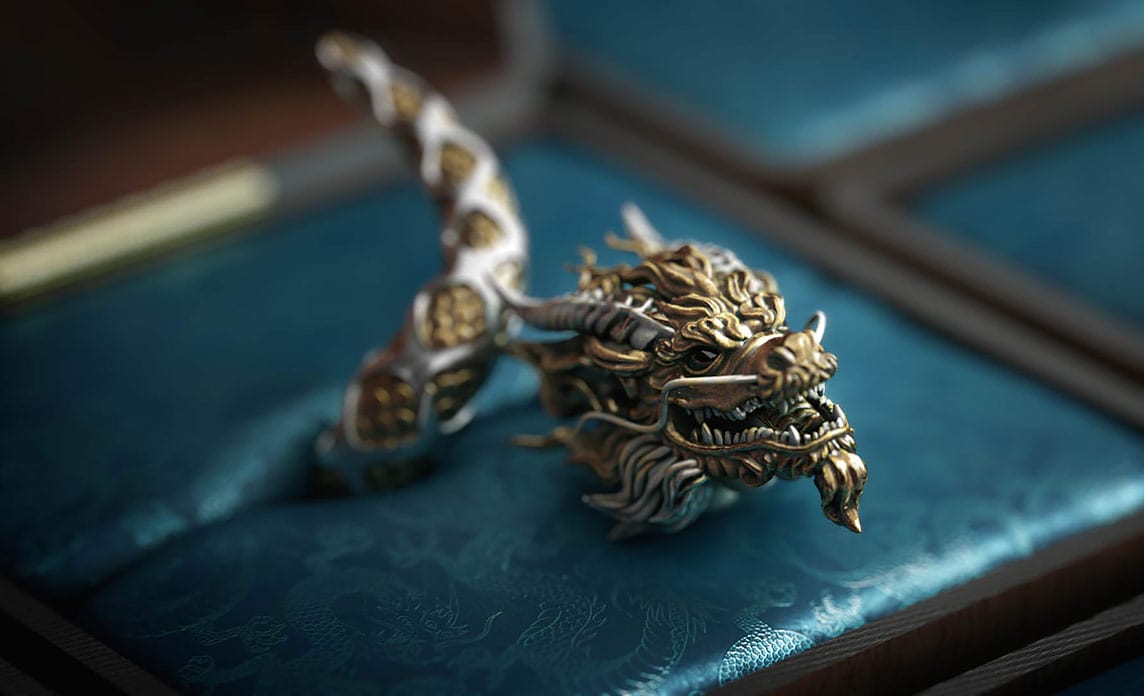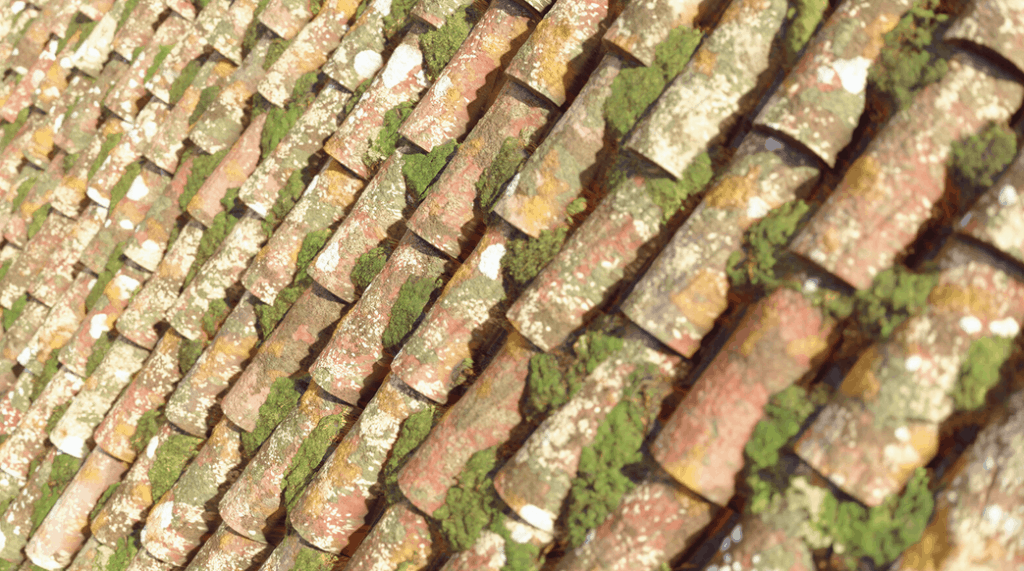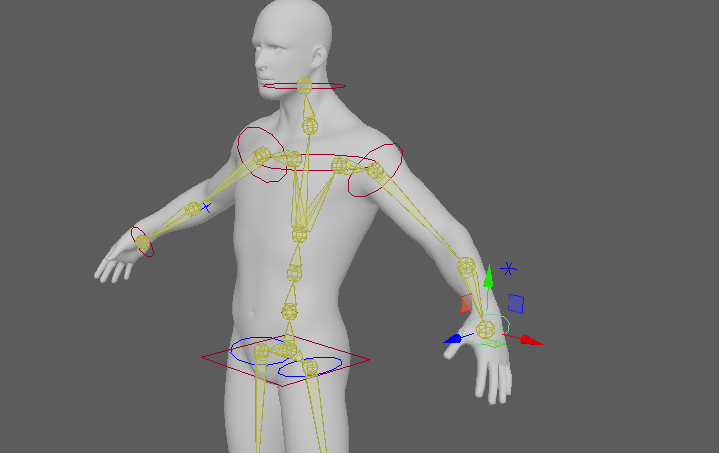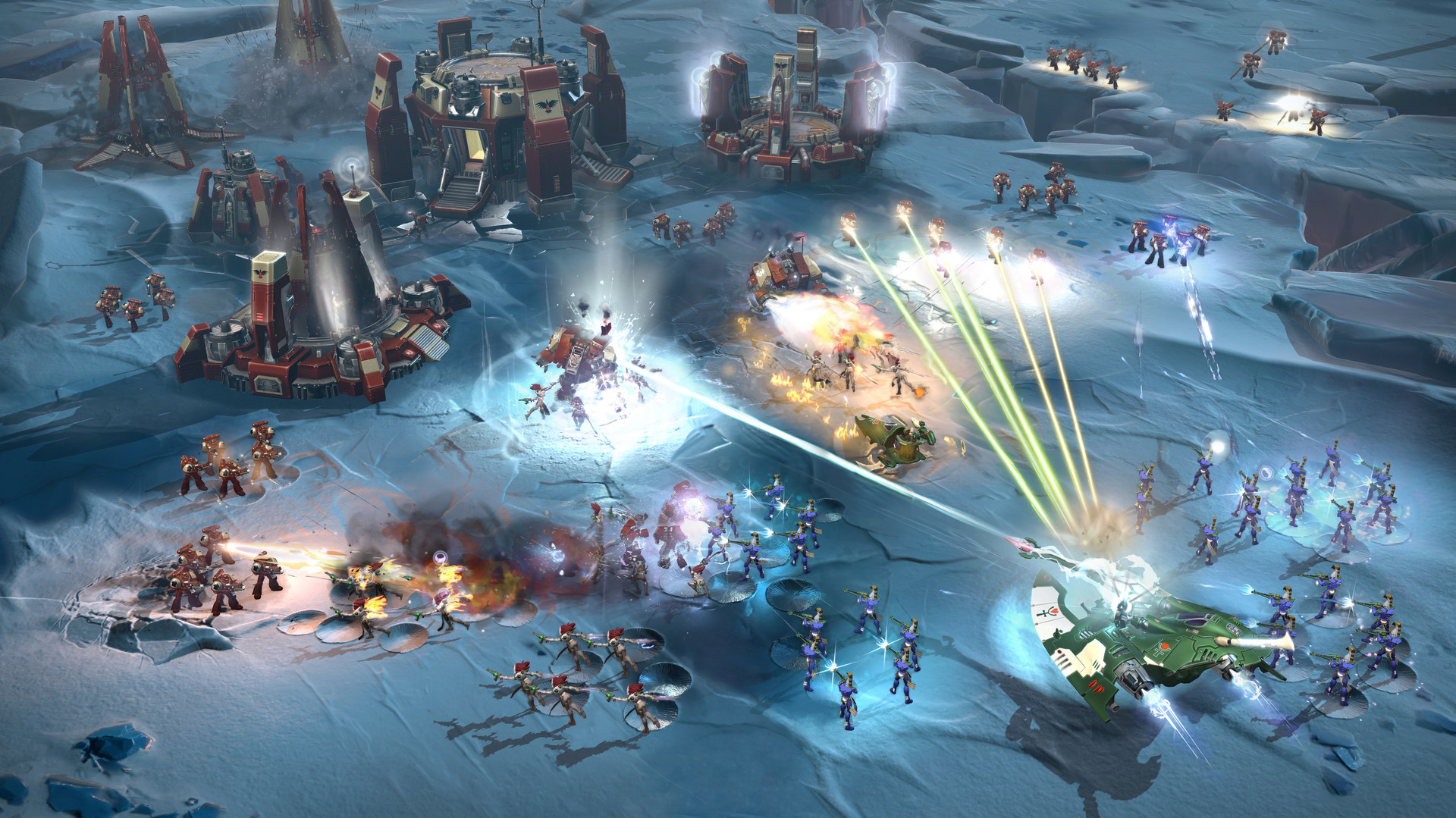
Game Development Careers
Game development has gone from a few guys in their bedrooms making interactive experiences on their personal computers to the biggest media industry in the world, even beating out movies, in the space of a few decades. The growth has been spectacular and doesn’t seem to be slowing any time soon. People are highly passionate about games and many people want to make their own. But what game development careers are available and how do you get started on your journey?
When I left school I only knew one thing I wanted to do. Make games. Games had been such a huge part of my life that I wanted to get fully involved with them in a way most people don’t even think about. When I mentioned it as a kid people humored me, in a way you do when a kid says they want to be an astronaut. They expected me to grow out of it and was surprised when I didn’t. It seems like a job everyone wanted to do but not one you can actually get. But as with every job, someone has to do it, and it’s very possible for anyone to get a job in the games industry.
My main issue when starting out was that I had no idea exactly what I wanted to do. I didn’t know all of the roles required to make a game, what they do and how I could train to do that. Instead, I did a generic Game Development course which taught me a bit about the roles but not much else that was useful beyond that. Afterward, I followed my friends to a Game Animation course. I did a year of that before realizing that I was more interested in art and despite not being a particularly good artist up until this point 3D art was something I could do to a decent degree. Since then I have moved on to more of a technical artist role and moved into a leadership position.
Ultimately though, I wasted a lot of time walking into my career blindly and fumbling about until I found a place I was happy with. I consider myself lucky to have been in the right places at the right time that sent me down the career path that it has, but I don’t want others to have to take that same blind risk. So I’ve decided to break down many of the game development careers in a way that will hopefully allow you to make an informed decision on what roles you might be interested in, the general working conditions and how you can get a job working in them.
Artist
I’ll start with artists as that was the path I eventually went down and the one I know best. Simply put, artists are responsible for making the game look pretty. That can be something that most people think of, such as the characters or the environments, but also covers a range of other things.
2D Artists will be responsible for creating the UI and menu system art as well as any other 2D work that might be needed on a game. In a 2D game, they will also hold all the responsibilities for creating character art, environment art, and animation. Essentially responsible for all the art in the game.

3D Artists will model and object in a piece of 3D software. This involved manipulating points and faces in 3D space to get the overall shape that is needed. They will then unwrap this model, essentially laying the surface of the model onto a flat surface. This will allow the artist to generate textures for the object, 2D images that tell the game engine how the surface should look, these come in a large variety controlling everything from the color of the surface to how reflective it is. Depending on the object it may also need a sculpting pass, this is where you use a piece of software that allows you to work on the object in a way a clay sculptor may work. This allows the artist to generate fine surface detail that can be turned into a texture.
Being a game artist is among the most interesting and fun game development careers you can follow. The downside to this is that it is an incredibly competitive industry and finding a job and getting a foot in the door can be difficult. If you do manage it then you will find the pay is decent, although not as high as the more technical roles.
To see our full article on everything you need to get started in an art career then check out our articles on 3D Modeling For Games, Sculpting For Games and Texturing and Materials In Games.
Technical Artist
Technical Artists can be seen as a hybrid of artist and programmer. They will need art skills that will allow them to assess if something looks right and judge if it looks good whilst also having the knowledge to code where needed to get the game engine to render something correctly.
The term Technical Artist covers a large variety of roles including Lighting Artists who are responsible for lighting the game correctly. Shader Artists work on creating shaders which tell the game engine how to render certain textures, for example, skin and hair. They also cover a variety of other roles including optimization, rendering and particle effects.

The size of the team working on the game will often determine how specific a role a technical artist will have to fill. On large AAA teams, you may be responsible for just one of these roles whereas smaller titles may require a single technical artist to cover all of these roles.
Technical Artists are highly sought after due to their unique ability to straddle the gap between creative and technical and as such make a great game development career to pursue. Finding jobs will be easier and the pay much better than a traditional artist’s role. The downside is a fairly high barrier to entry and a role that is best learned on the job. As such it may be wiser to start out as a programmer or artist and transition into a role like this over time.
If you are interested in learning more about a Technical Artist’s job and what’s it’s like to work as one then check out of Technical Artist page.
Animator
An Animator is someone who moves objects about to give them life. The most obvious example of this would be the characters. Characters must move and interact with each other and the world around them so that they are believably real. An animator will go in and move these models that artists have created to make them feel alive.
A traditional 2D Animator will do this by drawing each frame of animation out, normally 24 frames for every second, and then putting them into a computer to display them one by one in quick succession, creating the appearance of movement. A digital 2D Animator may use a piece of software to manipulate an image to move it, allowing you to do so without the painstaking effort of drawing each frame out by hand.

A 3D Animator will take a 3D model that a 3D artist has created and that a Technical Animator has set up for them to use and they will move parts of the model about in 3D space to give them a sense of life. In more realistic games you may also use mo-cap information which is where someone’s actions will be recorded on camera and the information is fed into a computer program. When this is used an animator will need to go in and clean the computer-generated information up and sometimes add a little more emphasis in important areas.
Animators always tend to love their jobs and are very passionate about it so it goes without saying that it’s a fun and enjoyable job. They are in the same boat as artists though in that it can be more difficult to find a job and the pay when you get a job is not as high as some other career paths.
Check out our Animation In Games article to learn more about the role of an animator and see if you have what it takes to become one.
Technical Animator
A Technical Animator’s main job is to set up objects, mostly characters so that the Animators can animate them. This involves creating a skeleton that goes inside the model, a rig that controls how the skeleton moves and skinning it so that the model knows how to react when the bones are moved.
A skeleton is a set of bones that are linked together in a hierarchy. These will mimic the actual skeleton of the creature you are placing it in but often much more simplified due to performance limitations. This will allow the animator to move the model in a similar way to a body’s actual movement.

When a Technical Animator skins a model they are telling each point that makes up the model which bones it should follow so that when a bone moves the correct points will follow it. They can also be blended between a number of different bones to allow complex movements.
The final piece of the puzzle is the rig. Rigging the model involves setting up controllers for the Animators to allow them to manipulate it in different ways. It also involves setting up constraints that change how the model can be moved. The main job of these things is to give more control to the Animators and make their work easier.
Due to the more technical nature of this job it follows the same general rules of the other jobs in that it is more sought after and paid higher than animators.
If you’re interested in learning more about Technical Animators and would like more information then check out our page on being a Technical Animator and look into the rolls of rigging and skinning further.
Programmer
A Programmer is the backbone of game development. They are responsible for writing the code which tells the game how to run, how to play and how to react. They use a variety of different coding languages, depending on what they need to do, to tell the computer exactly how it should behave.
Programmers can be responsible for building the game engine that the entire project is built upon as well as the software that the other team members use. They are responsible for how the player interacts with the game and what they can do. They build the AI that will compete against you or work with you that create a believable world. Essentially a programmer has a hand on everything that goes on under the hood.

A large team of Programmers will be needed for almost any game development project other than a small indie title due to the fact that their job is so important and covers such a large variety of roles. On larger projects, programmers will often have a certain area in which they will be assigned work, such as AI, and will not touch other aspects of the game. Small titles may need the programmer to be more of a generalist as they will have a larger number of roles that need covering.
Programmers are needed in every game so they are pretty sought after. There’s a huge number of roles available so finding a programming job is easier than an artist, for example. As they have a more technical skillset the pay is also generally higher than most roles in the industry. Programming is a solid all-round game development career that can easily branch off in a number of different specialties.
To learn more about programming and how to get started on a programming career path then check out our Becoming A Programmer page.
Game Designer
A Game Designer is responsible for idea generation. They’re the people who determine how the game should behave, from how it plays to how it rewards the player. They need to make sure the game appeals and has fun gameplay and reward loops that really bring in the players. Out of all the game development careers out there, the Game Designer has the biggest influence on the way the game is developed, and ultimately what the finished product is like. They will have a hand in much of the game, making sure that it works as intended.
Game design is often the first step in the project’s development. Designers will layout plans for how the game should be developed including the main aims of the game. They will need to decide what kind of game it is, such as an FPS or a Third-Person Shooter, what the focus of the game is, such as a game focused around loot and leveling or a game about balanced competitiveness, and what the target audience will be, such as young children or mature adult audiences.

A Designer will also need to research if the project is viable. If you’re making something entirely new you may need to research if the project is viable. There might be a gap in the market for competitive children’s games or there may not be an audience for it at all. On the other hand, if you are developing in a crowded market you may need to scope out your competitors, work out what works best for them and develop a unique selling point that separates your game from the pack.
There is a lot of psychology involved in designing games. It’s important to understand how people think and what they look for in a game system. Entire studios have been set up around the reward feedback loop for casual games like Farmville or Candy Crush.
As a creative job that allows a lot of freedom in your work, it’s one of the more difficult jobs to land yourself in and the pay, while decent, is not the best in the studio. Many people find it easier to enter a company as a game tester and show their worth as a designer whilst in the job but it is entirely possible to land yourself a position straight away.
To learn more about game design jobs check out our page on How To Become A Game Designer.
Game Tester
A Game Tester or QA (Quality Assurance) is someone whose job is to play the game, often throughout development but especially towards the end, to check for bugs and problems with the game that the team developing it may not have noticed while working. It’s quite easy for errors to slip through, some of them minor and some of them game-breaking, so it’s essential that the QA team find them as soon as possible so they can get fixed before it causes knock-on effects further down the line.
There’s a large number of issues that can arise during development. Changing one line of code can easily cause a game crash consistently or one balance change may completely distort the game. There are also lots of minor errors such as flickering textures or missing items. If you are interested in reading more about common bugs, what causes them and what fixes them then check out our article on 5 Common Video Game Bugs And Glitches.

A Game Tester’s job is not just about bugs though. They’re responsible for the balance of the game as well. As the people who play the game more than anyone else before release, it is their job to report any inconsistencies with the game balance. This can be something like leaning heavily on one attack combo in a hack and slash due to the amount of damage it does, making all the other combos redundant, or making sure certain strategies to take down a boss doesn’t make it trivial in difficulty.
There are a great deal more things that a Games Tester has to report on. It can be very difficult for the developers to get a zoomed-out view of the project and look at it objectively when they have been working hard on such a small portion of it. Game Testers are in a unique position to inform the developers exactly how things are going and what changes need to be made. Out of all of the game development careers out there, it could be argued that the QA department has the biggest influence on the overall quality of the final product.
If you are interested in learning more about a GameTester’s job in the QA department and if it could be the career for you then check out our Becoming a Game Tester page.